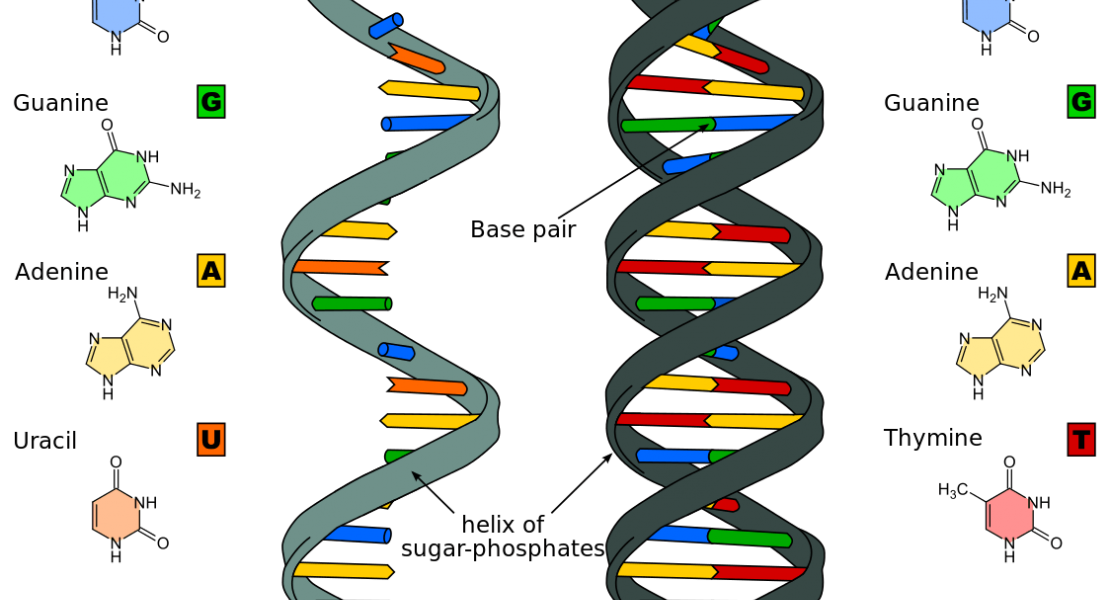Visualizing the secondary and tertiary architectural domains of lncRNA RepA
Authors
04-19-2017
12:00pm
PST

Abstract
Long noncoding RNAs (lncRNAs) are important for gene expression, but little is known about their structures. RepA is a 1.6-kb mouse lncRNA comprising the same sequence as the 59 region of Xist, including A and F repeats. It has been proposed to facilitate the initiation and spread of X-chromosome inactivation, although its exact role is poorly understood. To gain insight into the molecular mechanism of RepA and Xist, we determined a complete phylogenetically validated secondary-structural map of RepA through SHAPE and DMS chemical probing of a homogeneously folded RNA in vitro. We combined UV-cross-linking experiments with RNA modeling methods to produce a three-dimensional model of RepA functional domains demonstrating that tertiary architecture exists within lncRNA molecules and occurs within specific functional modules. This work provides a foundation for understanding of the evolution and functional properties of RepA and Xist and offers a framework for exploring architectural features of other lncRNAs.
